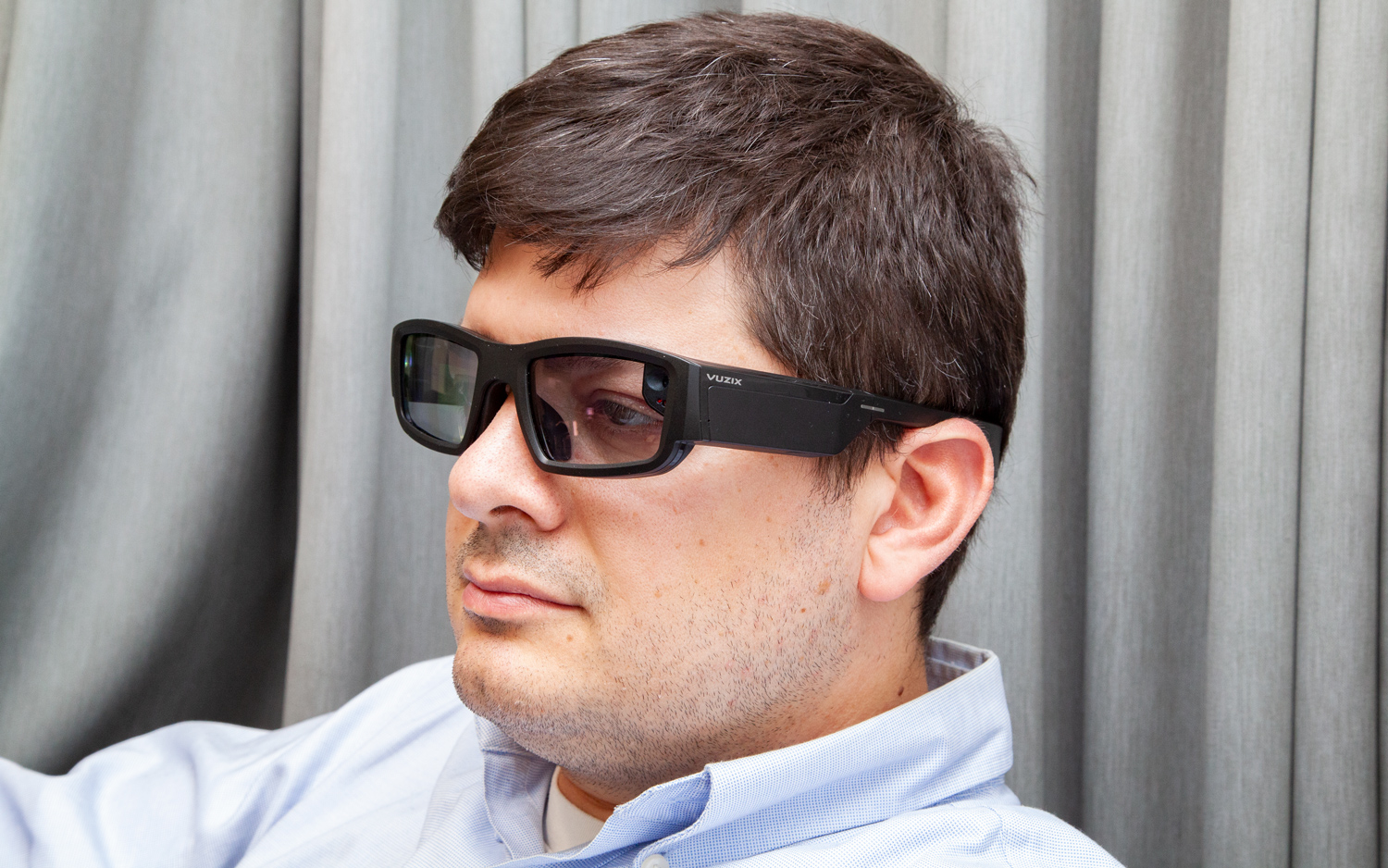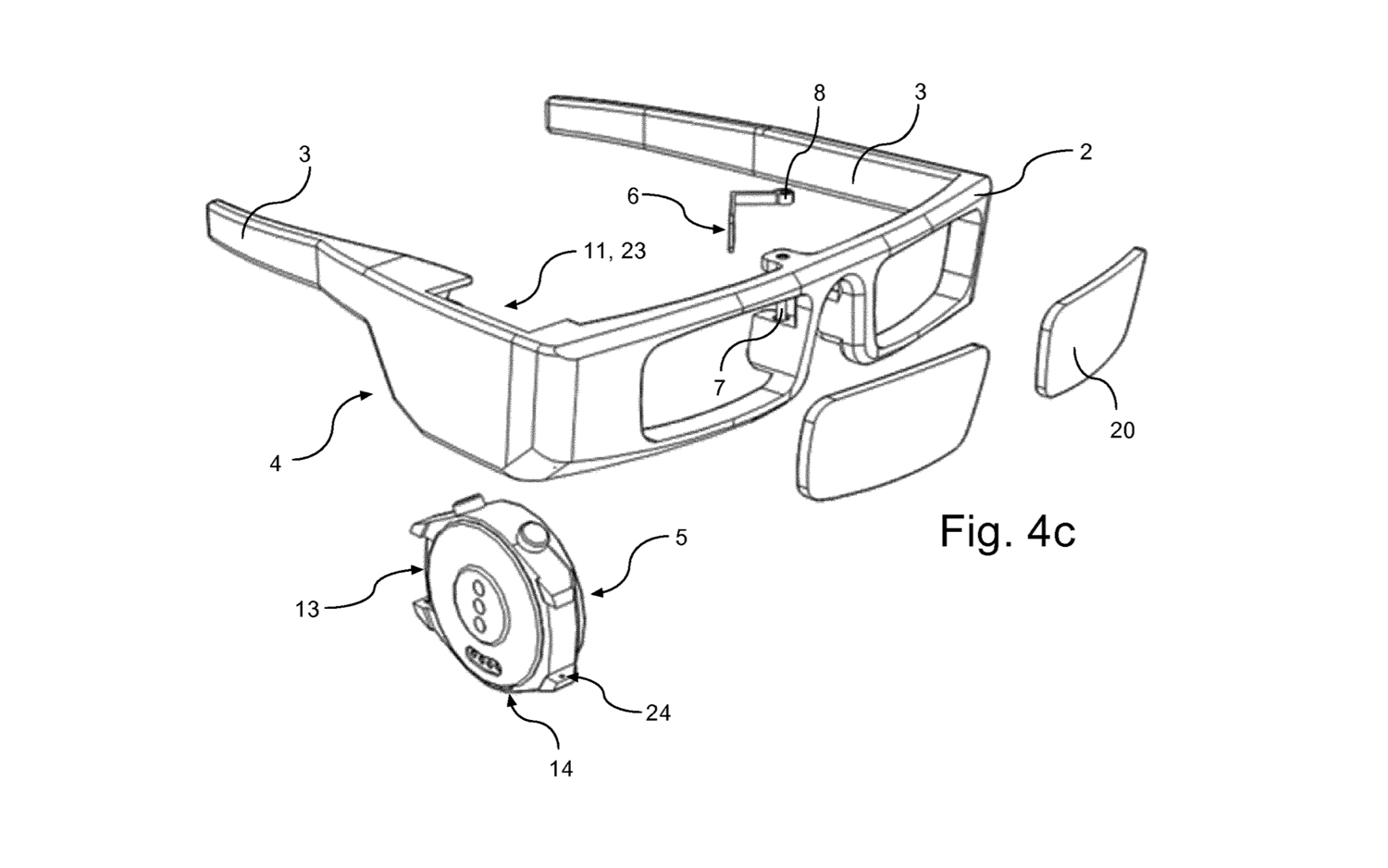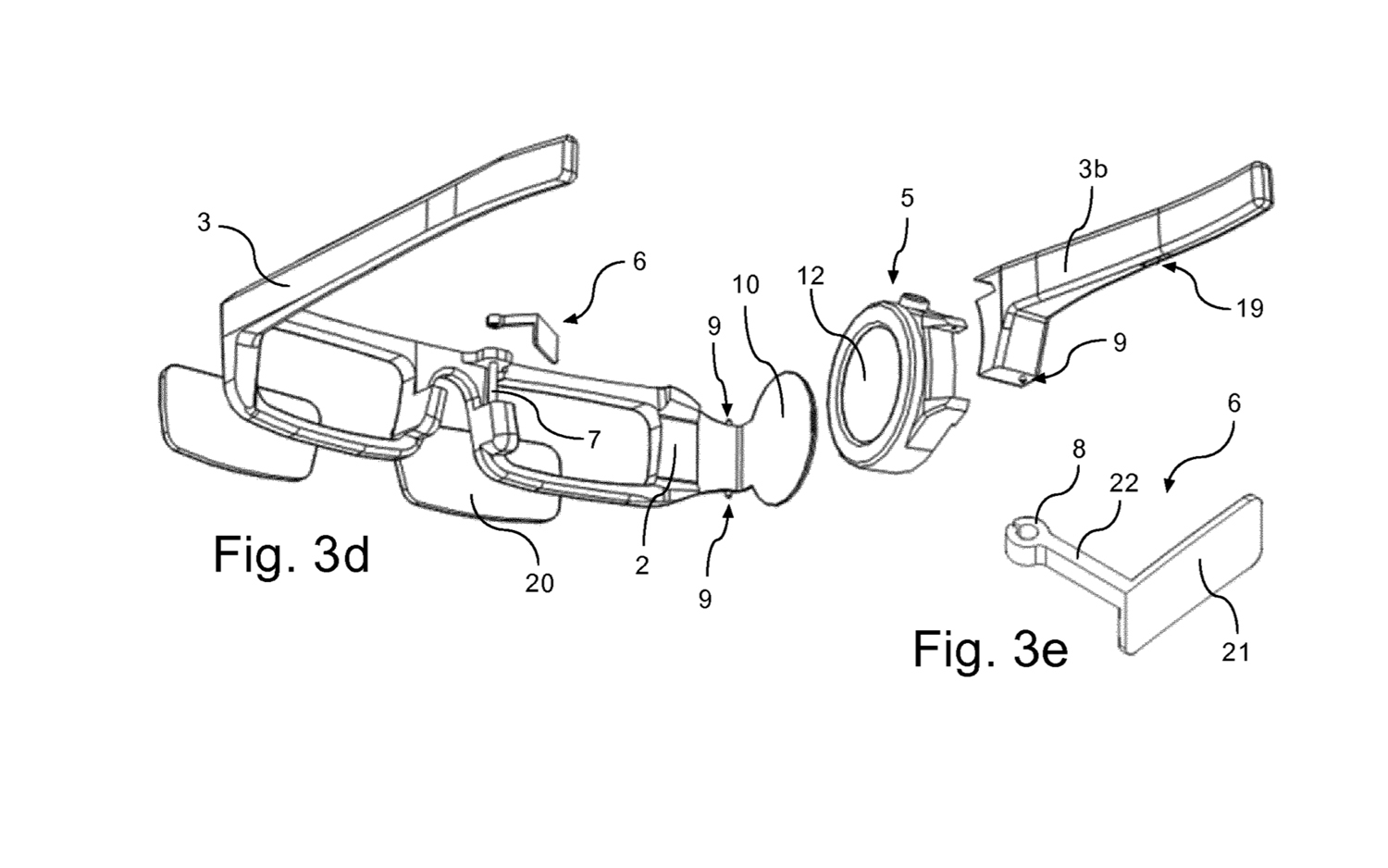Huawei Patents AR Glasses to Work with Smartwatches
Are slim and stylish frames the solution to make augmented reality glasses popular?
Huawei’s newest patented invention shows it’s striking out into the world of augmented reality, with the help of the burgeoning smartglasses style.

Its patent application was made in August 2017, and was published by WIPO on Feb. 7.
Within the documents, there’s a detailed illustration of the concept, which is essentially an eyeglasses frame with an adapter “for receiving an electronic device." There would like be some variety of wireless receiver for carrying visual information from another device (the patent suggests a smartwatch) into the glasses.
It explains that many AR headsets are too heavy or expensive or immobile for many people to consider using regularly. It therefore proposes that by basing its invention on spectacles, which are usually inexpensive and light and comfortable to wear, it will be able to make an effective AR product.

The patent then details several different ways that Huawei could accomplish this goal. The basic method is having a projector mounted in the frame adjacent to one eye, which then projects an image onto a mirror, mounted to the bridge of the glasses, which covers a small portion of the lens, and can therefore be seen by the user. This differs from most smartglasses, which tend to project directly onto the lens.
MORE: Best VR Headsets of 2019
Huawei’s proposed variants on this include making the mirror repositionable, and both the mirror or the projector unit removable. Furthermore, the basic projector unit could have extra functions, such as a microphone, camera, speaker or vibration, with openings and outputs on the glasses frame being made to accomodate for these additions.
Sign up to get the BEST of Tom's Guide direct to your inbox.
Get instant access to breaking news, the hottest reviews, great deals and helpful tips.

The glasses could be used with prescription or tinted lenses, so people who need to wear glasses already will be able to just use these, or be able to swap between pairs without fearing impaired vision.
The usual patent caveats apply: this device is not guaranteed to make it to market, and if it does, it could be years until it happens. But the idea by itself is a sound adaptation of making existing technology more appealing.
Products like the Bose Frames or the Vuzix Blade show the potential for smart glasses is still there, although the former focuses on audio and the latter feels like it needs work (especially with its Alexa integration). Assuming the technology that Huawei wants to add can be miniaturized enough to fit between a smartwatch and the glasses themselves, then perhaps something great awaits.

Richard is based in London, covering news, reviews and how-tos for phones, tablets, gaming, and whatever else people need advice on. Following on from his MA in Magazine Journalism at the University of Sheffield, he's also written for WIRED U.K., The Register and Creative Bloq. When not at work, he's likely thinking about how to brew the perfect cup of specialty coffee.
